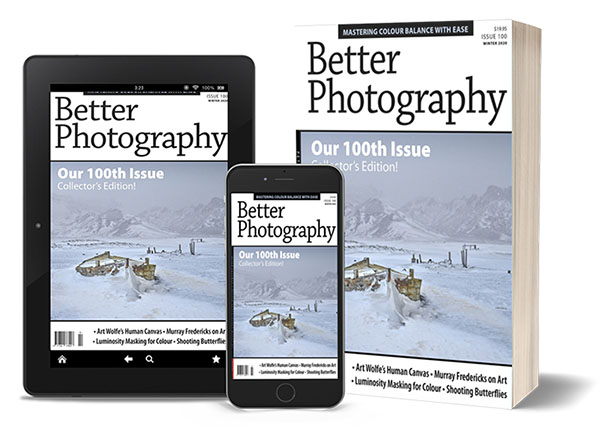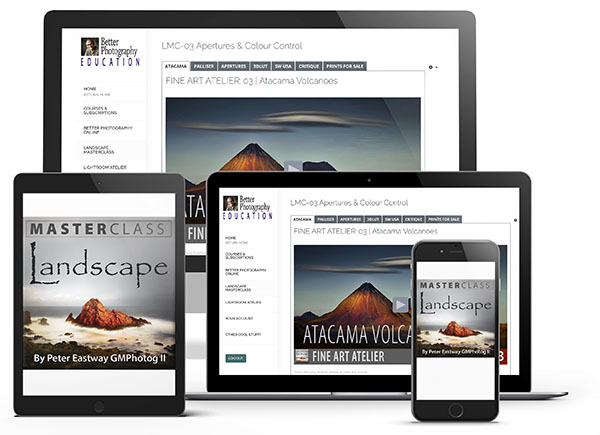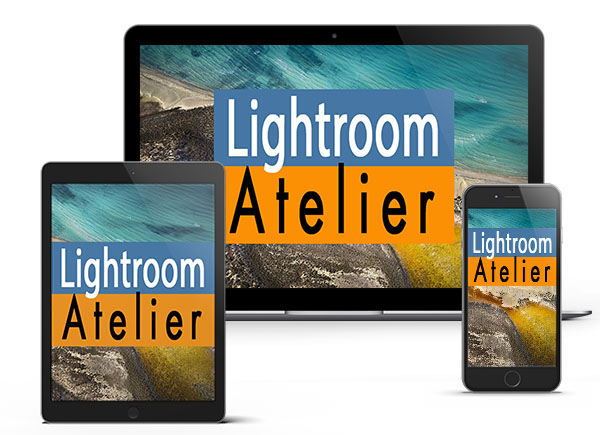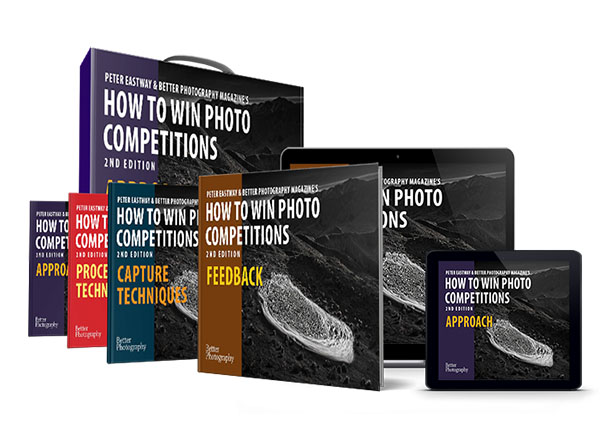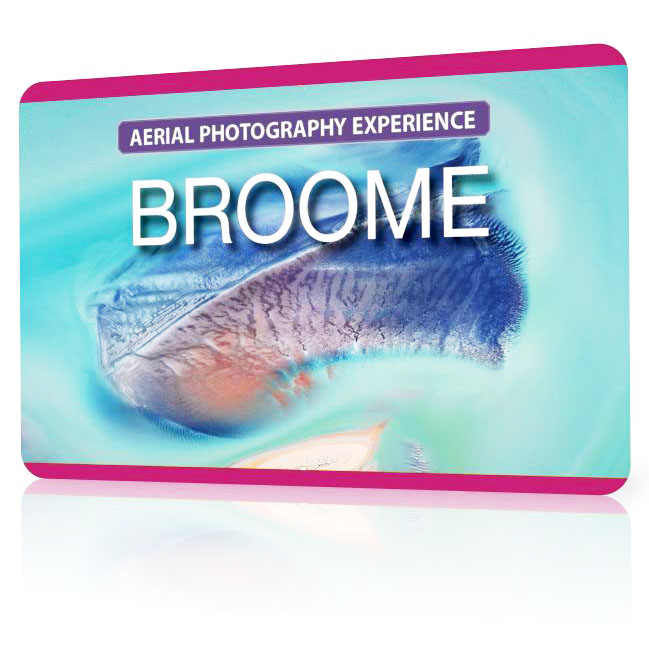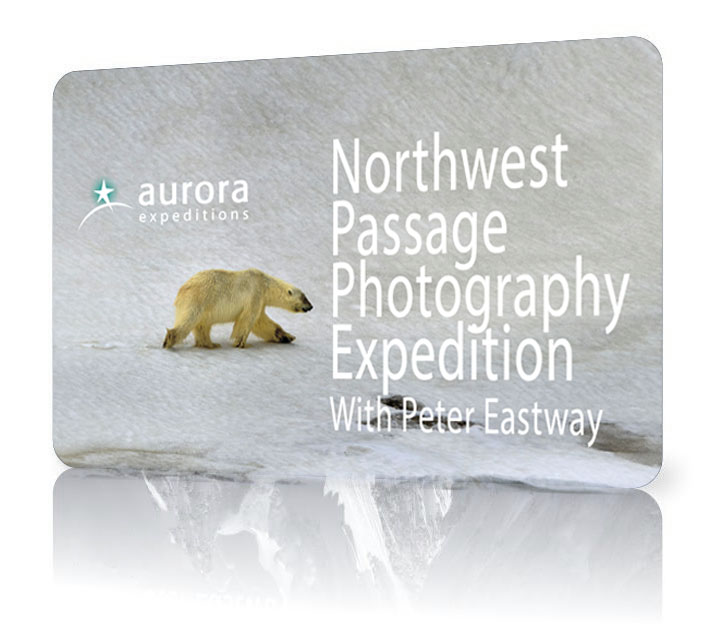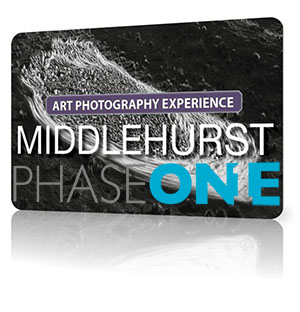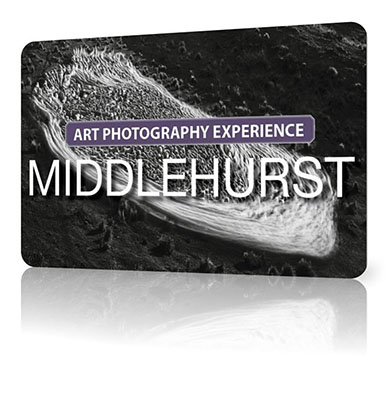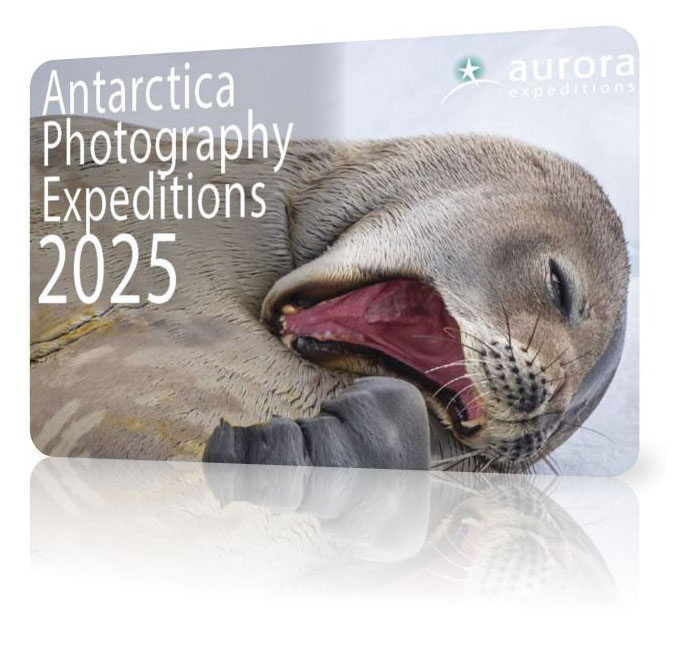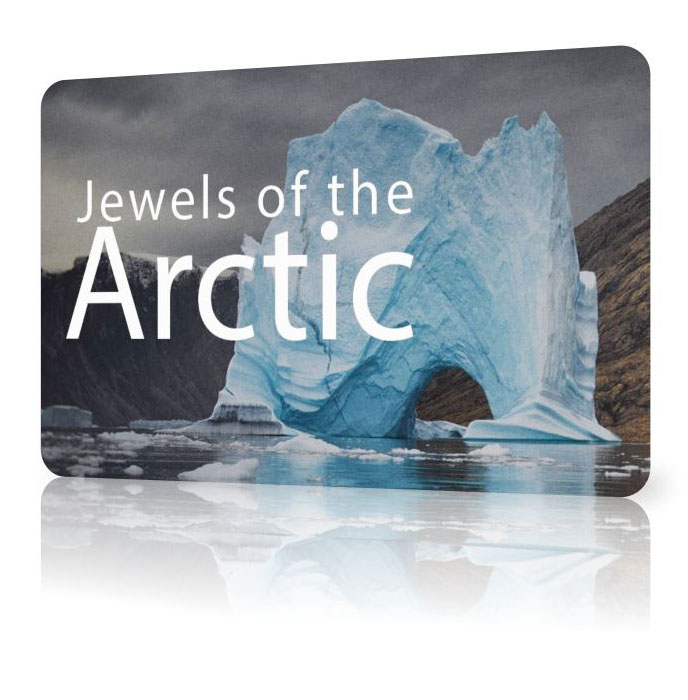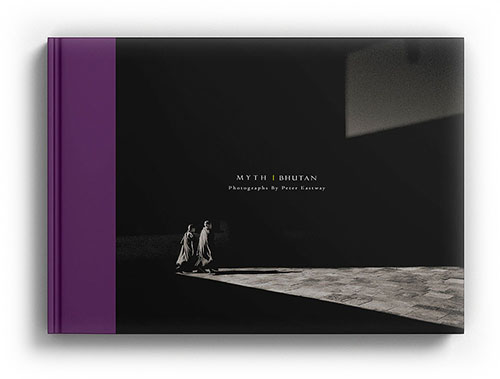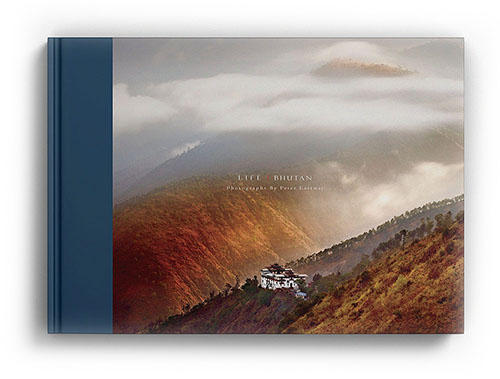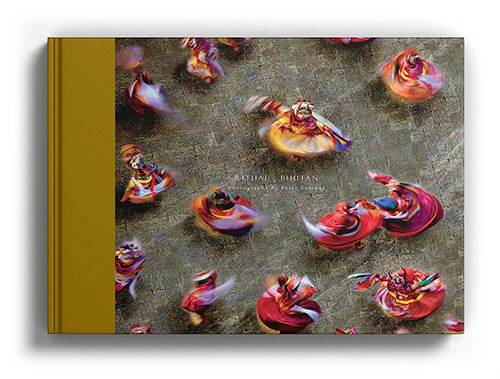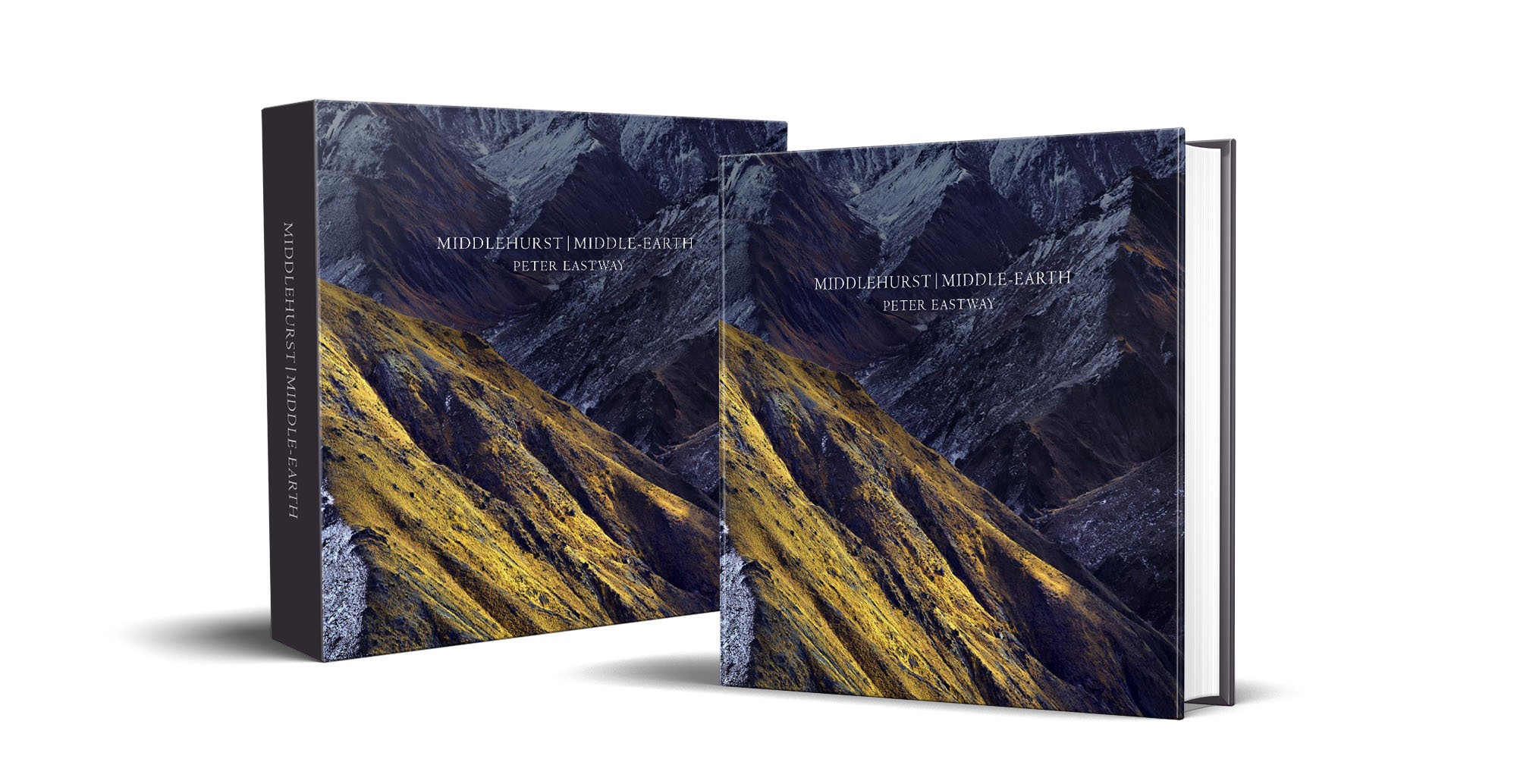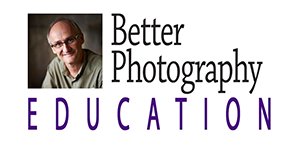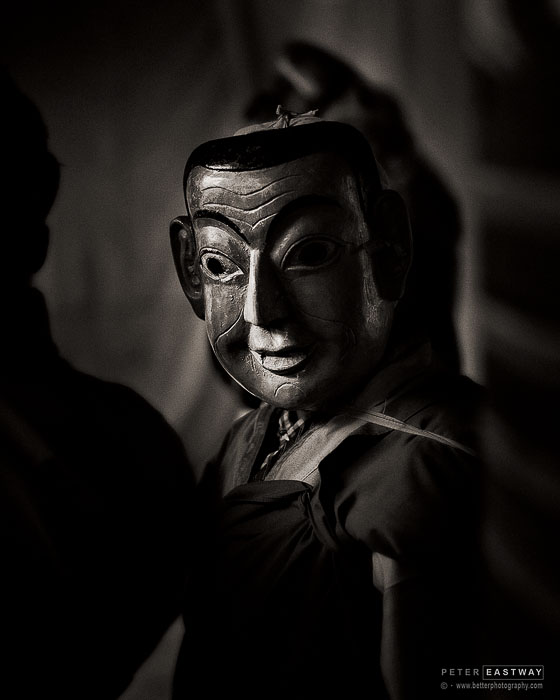Masked monk, Mongar Dzong, Bhutan
The term ‘photographing from the hip’ describes taking photographs without looking through the viewfinder, perhaps holding the camera down near the hip, getting in close and shooting away. Over the years, many documentary photographers have used this approach to great effect, especially in situations where a photographer with a camera might not be welcome. Of course, if you did get caught, it could be an awkward situation and it’s not recommended unless you can run really quickly!
These days, there aren’t many situations where a camera isn’t expected or accepted. Everyone has a camera on their phone and everyone is taking selfies, so photography is rarely a problem. And if things are a little delicate, then perhaps your phone is actually the best camera to use if you’re super keen about taking photos, because it’s small and not threatening. However, there are some situations where perhaps the polite thing to do as a traveller is to put your camera away and respect your hosts’ desire not to be photographed.
But back to shooting from the hip. Why are these photos so engaging? I think it’s because of the unusual angle, sitting down in amongst the crowd and pointing up towards the action. Everyone takes eye-level photos, so a lower angle is different and more exciting. Now add in a wide-angle lens and you can get in close to your subject, filling the frame with the activity and emotion of the scene.
Certainly, a wide-angle lens is what you want to use, preferably with a small aperture so you have lots of depth-of-field. Now you don’t have to worry too much about focusing, but you’ll still need to practice getting the angle right. Perhaps this is another occasion when David Oliver can spit chips because I suggest putting your camera onto a high frame rate and ‘hosing down’ your subject. It’s not something Cartier-Bresson ever did, but then again, he never had a camera that shot at 30 frames per second!
Shooting from the hip is an acquired skill, but it can pay dividends by producing some unusual travel photographs, especially in crowded locations like markets, festivals and on the street.

